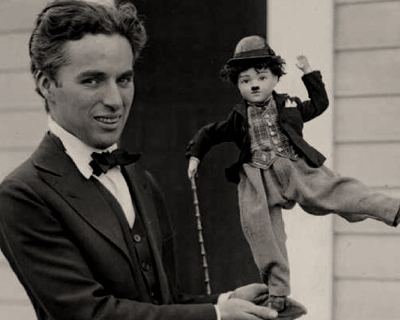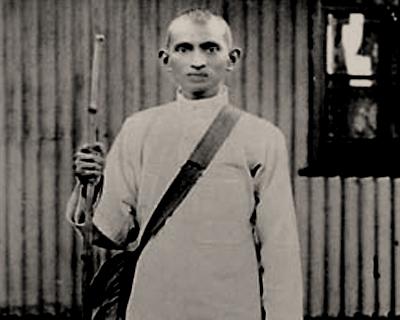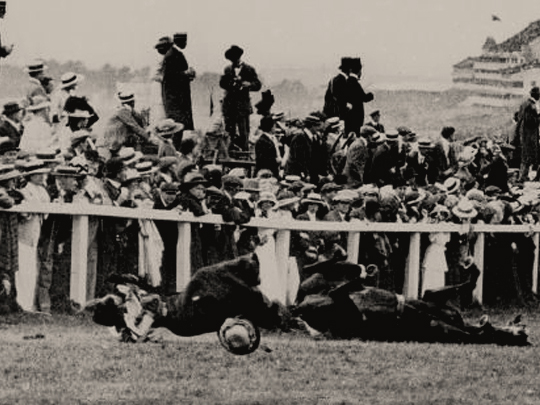Arthur Barrett / Wikimedia Commons / CC-BY-SA-3.0 / GFDL
1 – Suffragette Emily Davison steps in front of King George V’s Horse
Davison was a suffragette who fought for women’s suffrage in Britain in the early 20th century.
She was known for extreme tactics that resulted in her being arrested on nine occasions.
On 4 June 1913, during the Epsom Derby, Davison ducked under the railing and moved onto the track. She stood in the path of the horse owned by King George V, Anmer.
The King’s horse hit her at great speed and she was thrown violently through the air, before landing unconscious.
The injuries she suffered resulted in her death four days later. Both horse and jockey, Herbert Jones, survived the incident.
Modern historians agree that Davison was trying to disturb the Derby to draw attention to her cause, rather than to commit suicide.
Analysis of newsreel supports the thinking that Davison was reaching up to attach a sash emblazoned with the colors of the British women’s suffrage movement to the bridle of the King’s horse.
2 – Charlie Chaplin Began his Film Career at Keystone for $150 a week

Charlie Chaplin began performing at an early age, touring music halls and later working as a stage actor and comedian. At the age of 19, he was signed to the prestigious Fred Karno company, which took him to America.
Six months into his second American tour, Chaplin was invited to join the New York Motion Picture Company. A representative who had seen his performances thought he could replace Fred Mace, a star of their Keystone Studios, who intended to leave.
Chaplin liked the idea of working in film and having a fresh start. He met with the company and signed a $150-per-week contract in September 1913.
Chaplin arrived in Los Angeles, home of the Keystone studio, in early December 1913. His boss initially expressed concern that the 24-year-old looked too young.
He was not used in a picture until late January, during which time Chaplin attempted to learn the processes of filmmaking. ‘Making a Living’ marked his film acting debut and was released on 2 February 1914.
For his second appearance in front of the camera, Chaplin selected the costume with which he became identified. With his baggy pants, coat, hat, large shoes, and a small mustache, Chaplin became a worldwide icon through his screen persona “the Tramp”.
He went on to be considered one of the most important figures in the history of the film industry.
3 – Mohandas Gandhi Arrested for Leading Indian Miners March in South Africa

When Mohandas Gandhi traveled to South Africa in 1893, he experienced the discrimination faced by people of color. His response to this was the establishment of the Natal Indian Congress in 1894.
Within three years, Gandhi became a political leader and provided hope to those Indians with no political rights under the dispensation of the time.
In 1903, he founded a newspaper, the Indian Opinion, in which his ideas on passive resistance (Satyagraha) were spread. Some years later, an act was introduced where all Indians in the Transvaal were required to carry a pass.
Under Gandhi’s leadership, 3000 Indians protested against the law by refusing to register for their passes. This became known as the 1906 Satyagraha Campaign.
A tax was imposed on all formerly indentured laborers, known as the Indian Relief Bill. In protest, Gandhi launched a passive resistance campaign, gaining the support of thousands of mineworkers.
While leading a march of over 2000 people on 6 November 1913, Gandhi was arrested. He was released on bail, rejoined the march and was re-arrested.
The Indian Relief Bill was finally scrapped and Gandhi returned to India, where he, through his consistent passive opposition to British rule, led his country to independence.
His philosophy of passive resistance was drawn on greatly during the fight against apartheid.
